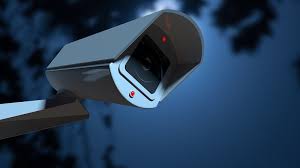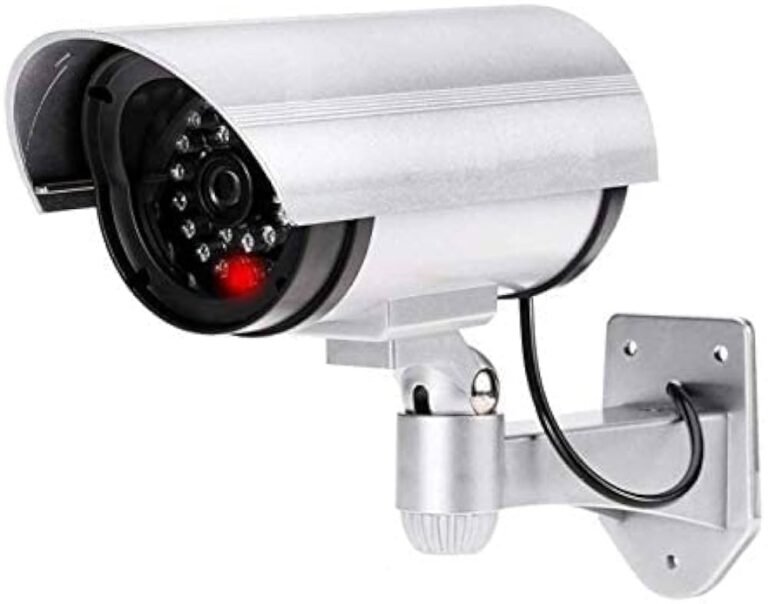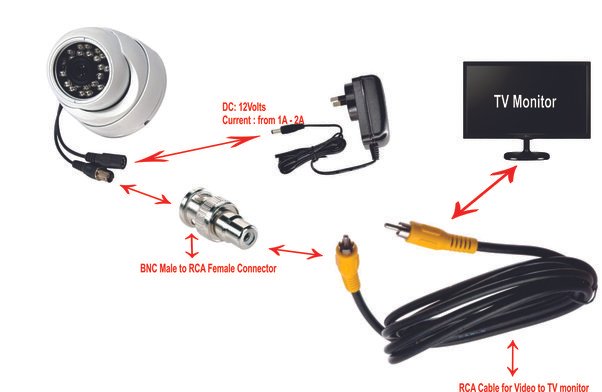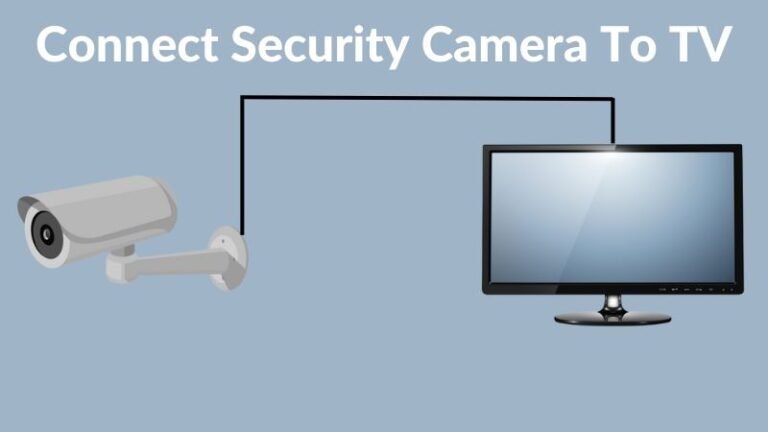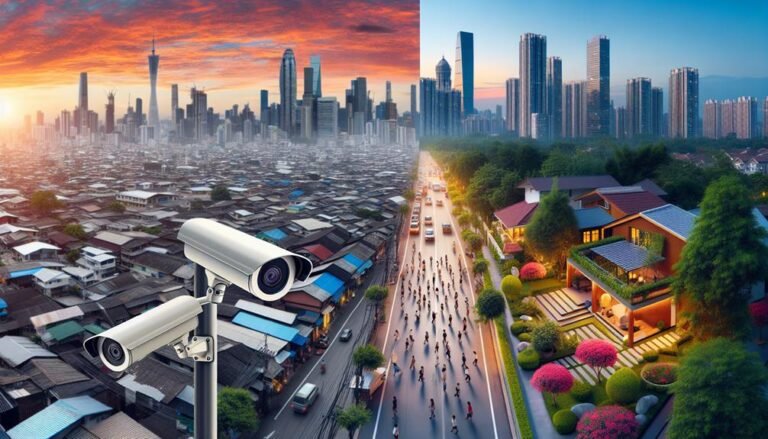Hauptunterschiede zwischen Cloud-Kamera und IP-Kamera
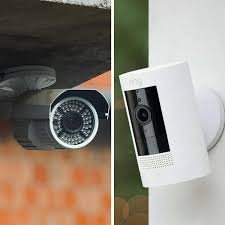
Die Wahl zwischen einer Cloud-Kamera und einer IP-Kamera hängt von Ihren Prioritäten ab. Cloud-Kameras speichern Aufnahmen in der Cloud, erfordern Abonnements und bieten einfachen Fernzugriff über WLAN. Sie sind zwar kostengünstiger, aber mit laufenden Gebühren verbunden. IP-Kameras…
